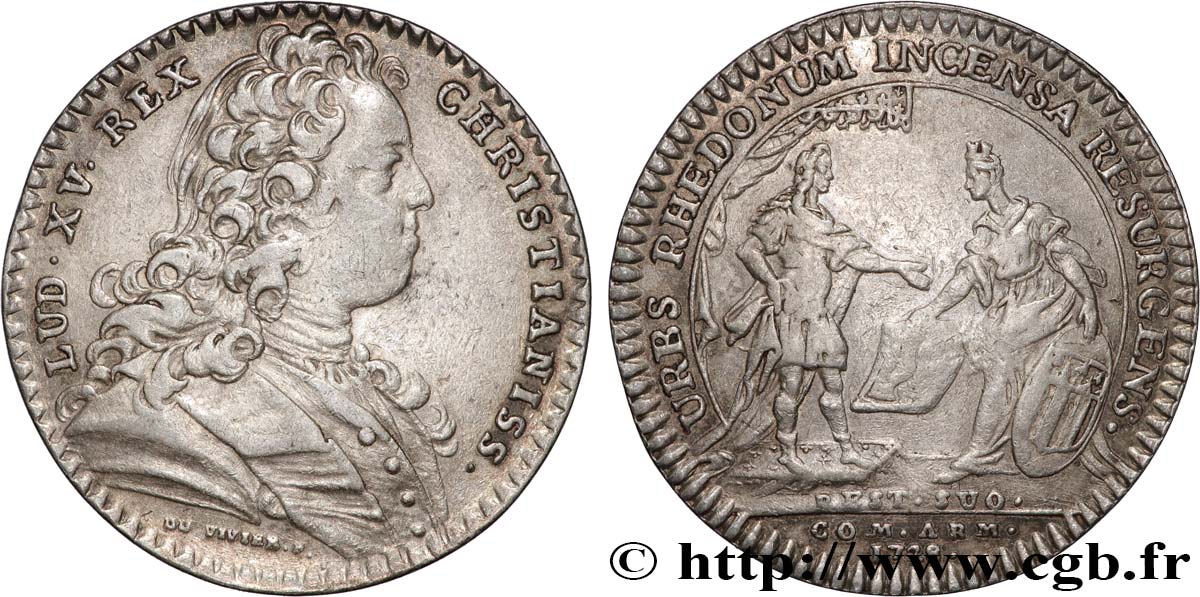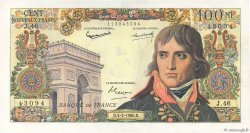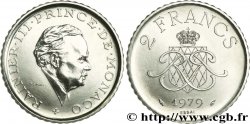fjt_889158 - BRETAGNE (ÉTATS DE...) Jeton AR 29, États de Rennes 1728
100.00 €
Menge
In den Warenkorb

Type : Jeton AR 29, États de Rennes
Datum: 1728
Metall : Silber
Durchmesser : 29 mm
Stempelstellung : 6 h.
Gewicht : 6,22 g.
Rand cannelée
N° im Nachschlagewerk :
Vorderseite
Titulatur der Vorderseite LUD. XV. REX - CHRISTIANISS..
Beschreibung Vorderseite Buste à droite en habit à quatre boutons, avec cravate et grand cordon, au-dessous signature DU VIVIER. F..
Rückseite
Titulatur der Rückseite URBS. RHEDONUM. INCENSA. RESURGENS.
Beschreibung Rückseite La ville de Rennes tourelée debout à gauche présente au Roi le nouveau plan de la ville; elle s'appuie sur les armes de celle-ci; sous leurs pieds REST. SUO.
Übersetzung der Rückseite Détruite par un incendie, la ville de Rennes ressuscite.
Kommentare
Le revers fait référence à la reconstruction de la ville suite à l’incendie du 23 septembre 1720 qui ravage durant six jours environ 900 maisons du centre-ville. Sous les ordres du maire Rallier du Baty, la reconstruction est confiée à l’ingénieur Isaac Robelin et sera réalisée par Jacques Gabriel, premier architecte du roi. Le centre aux ruelles tortueuses laissera alors la place à des voies à l’équerre, la pierre remplace comme matériau de construction le bois qui est interdit.
The reverse refers to the reconstruction of the city following the fire of September 23, 1720, which ravaged approximately 900 houses in the city center for six days. Under the orders of Mayor Rallier du Baty, the reconstruction was entrusted to the engineer Isaac Robelin and was carried out by Jacques Gabriel, the king's first architect. The center with its winding streets then gave way to square roads, and stone replaced wood, which was banned, as a building material.
The reverse refers to the reconstruction of the city following the fire of September 23, 1720, which ravaged approximately 900 houses in the city center for six days. Under the orders of Mayor Rallier du Baty, the reconstruction was entrusted to the engineer Isaac Robelin and was carried out by Jacques Gabriel, the king's first architect. The center with its winding streets then gave way to square roads, and stone replaced wood, which was banned, as a building material.








 Berichten über einen Fehler
Berichten über einen Fehler Die Seite drucken
Die Seite drucken Teilen meiner Auswahl
Teilen meiner Auswahl Stellen Sie eine Frage
Stellen Sie eine Frage Einlieferung/Verkauf
Einlieferung/Verkauf
 Details
Details















